
CRAFTED TO DISCOVER MORE
The TRANSALP COLLECTION
Crafted to discover even more: the new Transalp touring series. It promises ease on the ascent, safety in tricky situations and incredible fun on the descent. Whether you're on a moderate ski tour in open terrain or mountaineering in the high mountains - with our new Transalp collection, you're perfectly equipped for all situations. Immerse yourself in the touring world of Fischer and find the perfect touring ski for you!

Uphill
efficiency
and downhill
prowess

Uphill
efficiency
and downhill
prowess



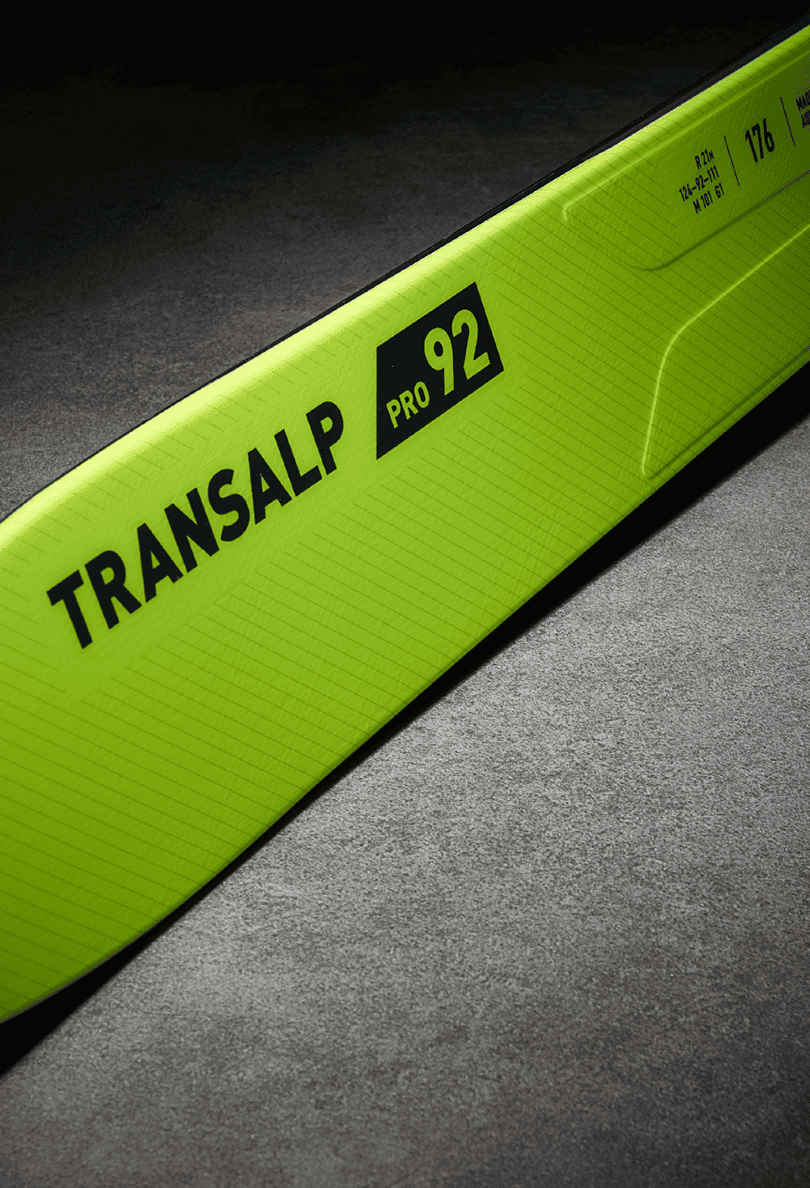


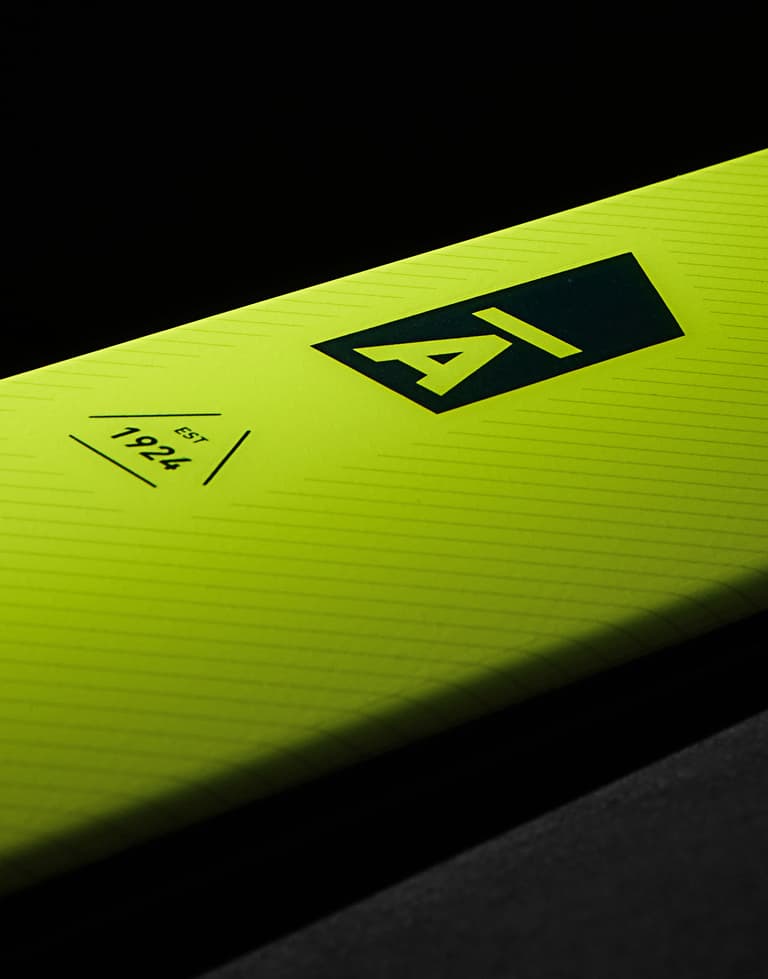
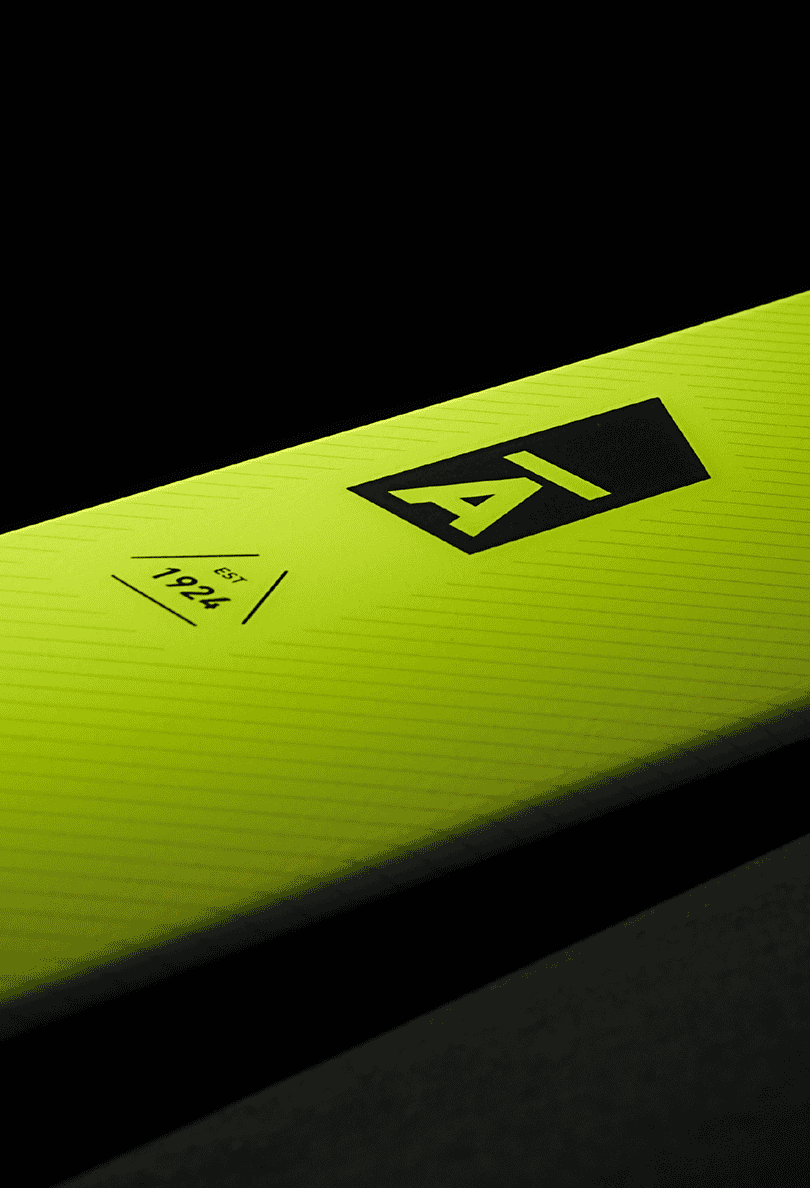
Shop Transalp Ski
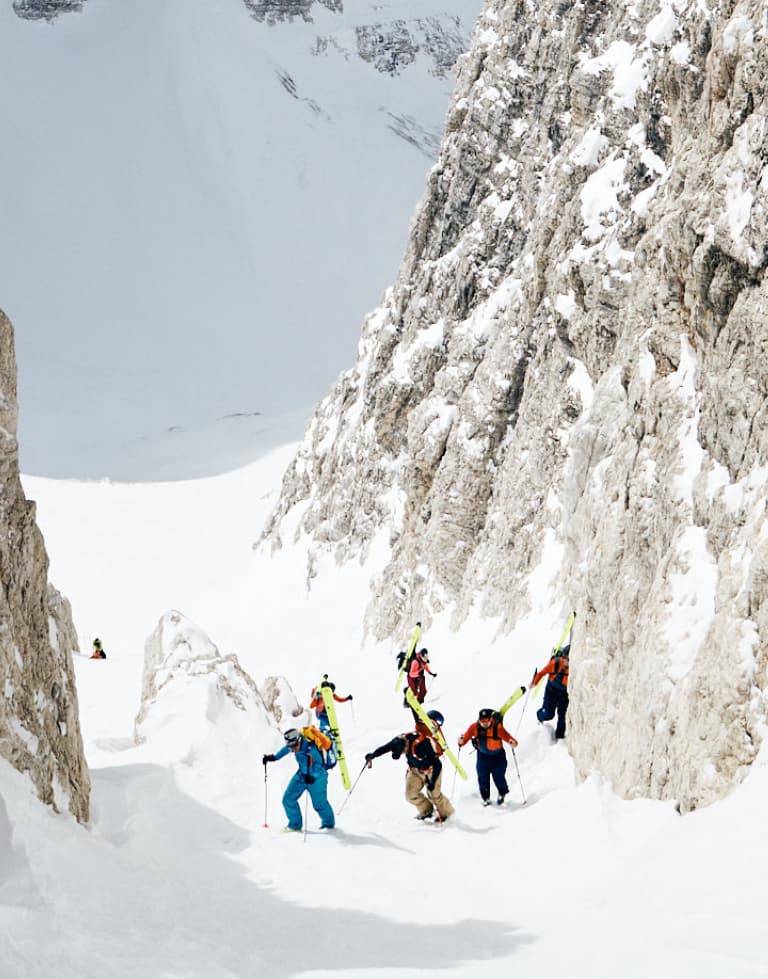
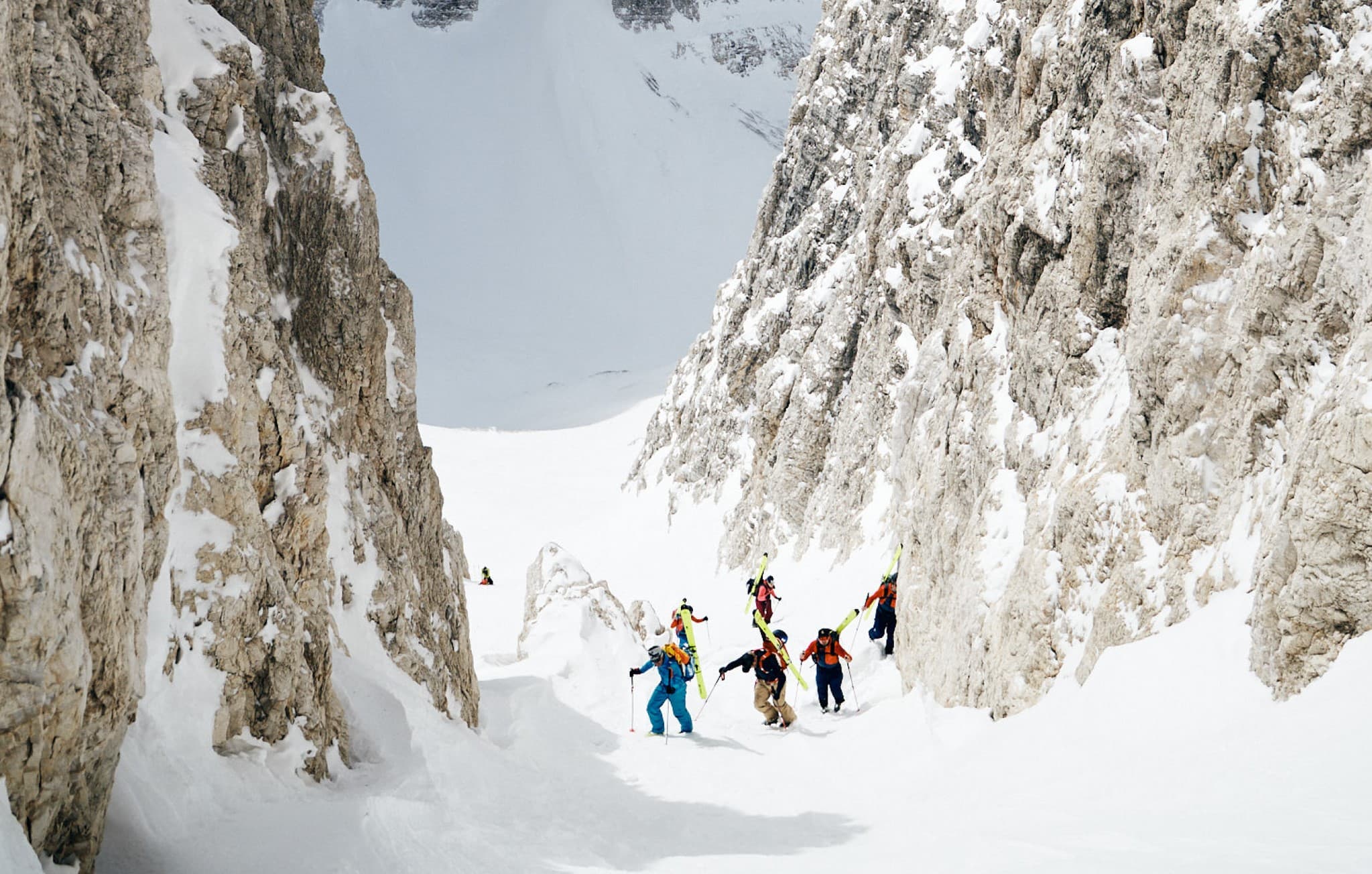

Tested and
proven in
difficult
conditions

Tested and
proven in
difficult
conditions
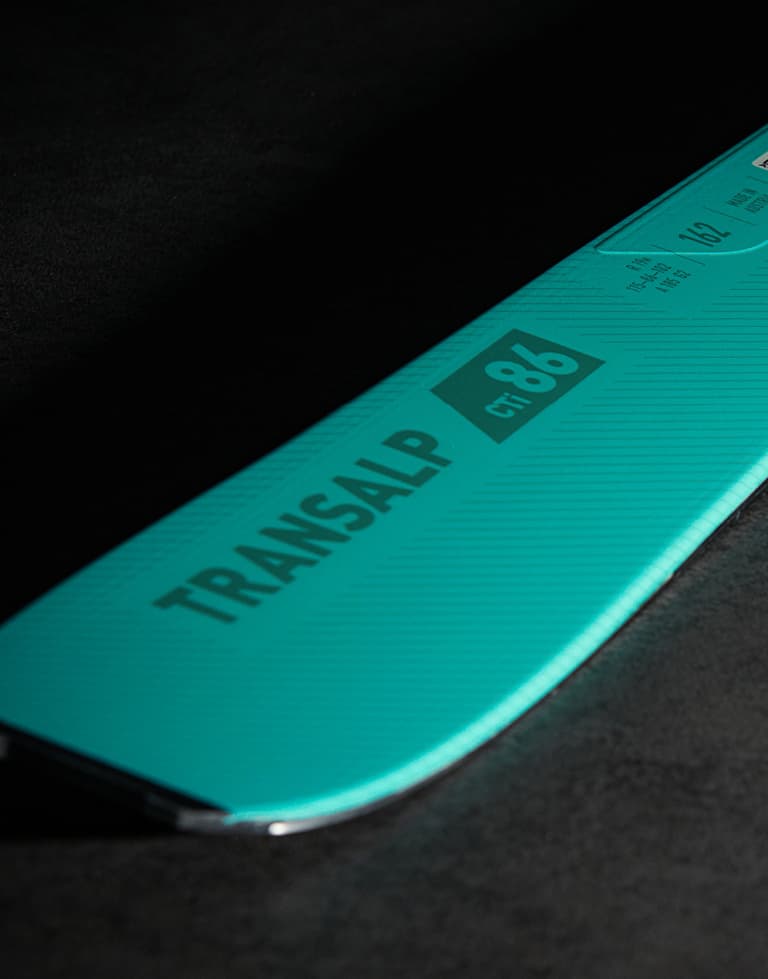
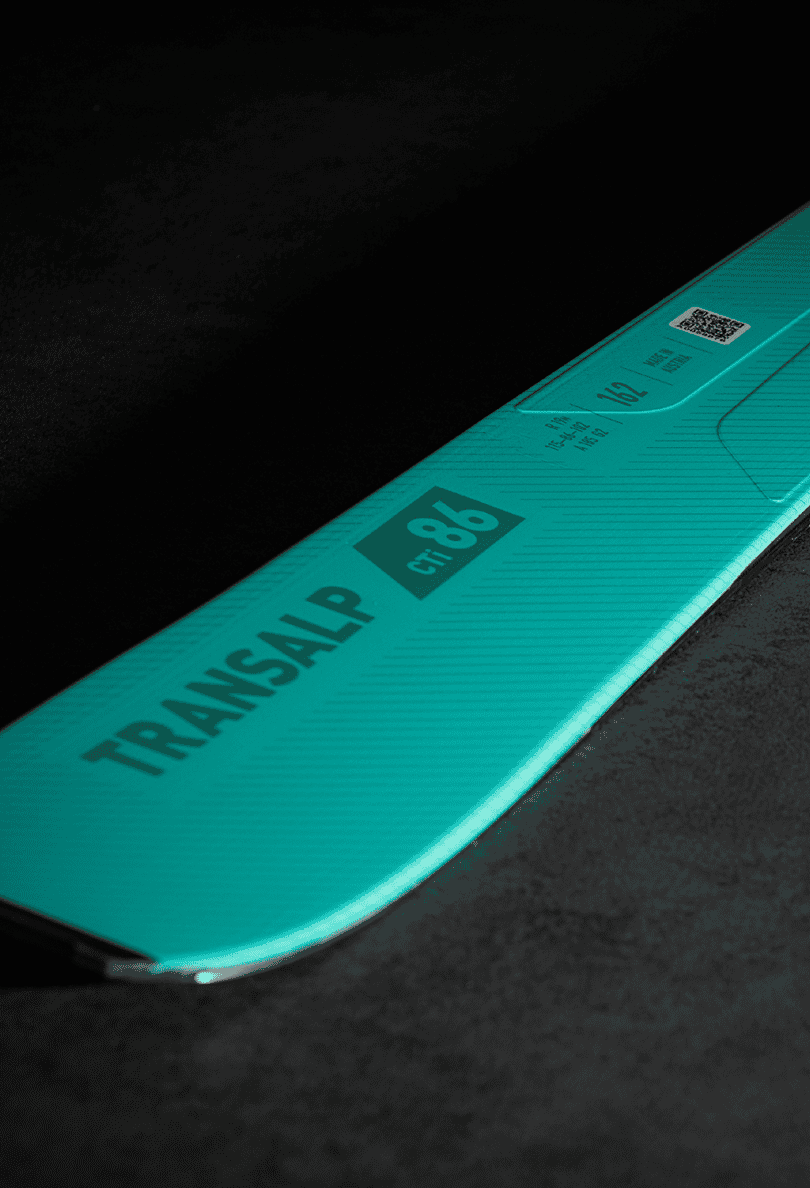
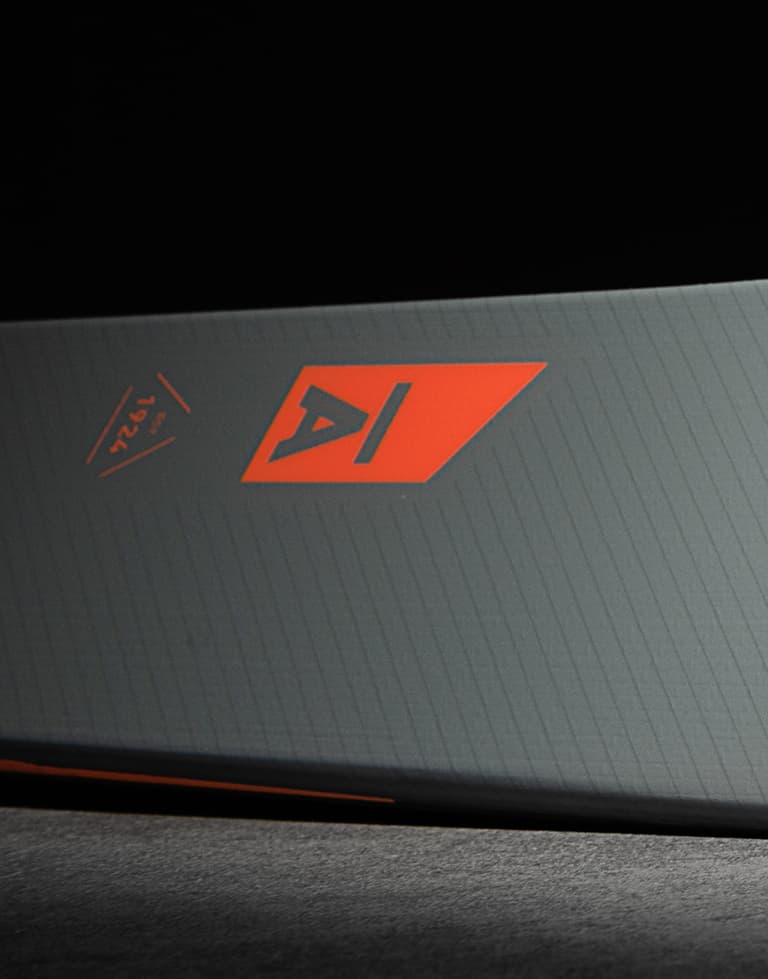



Shop Transalp Ski
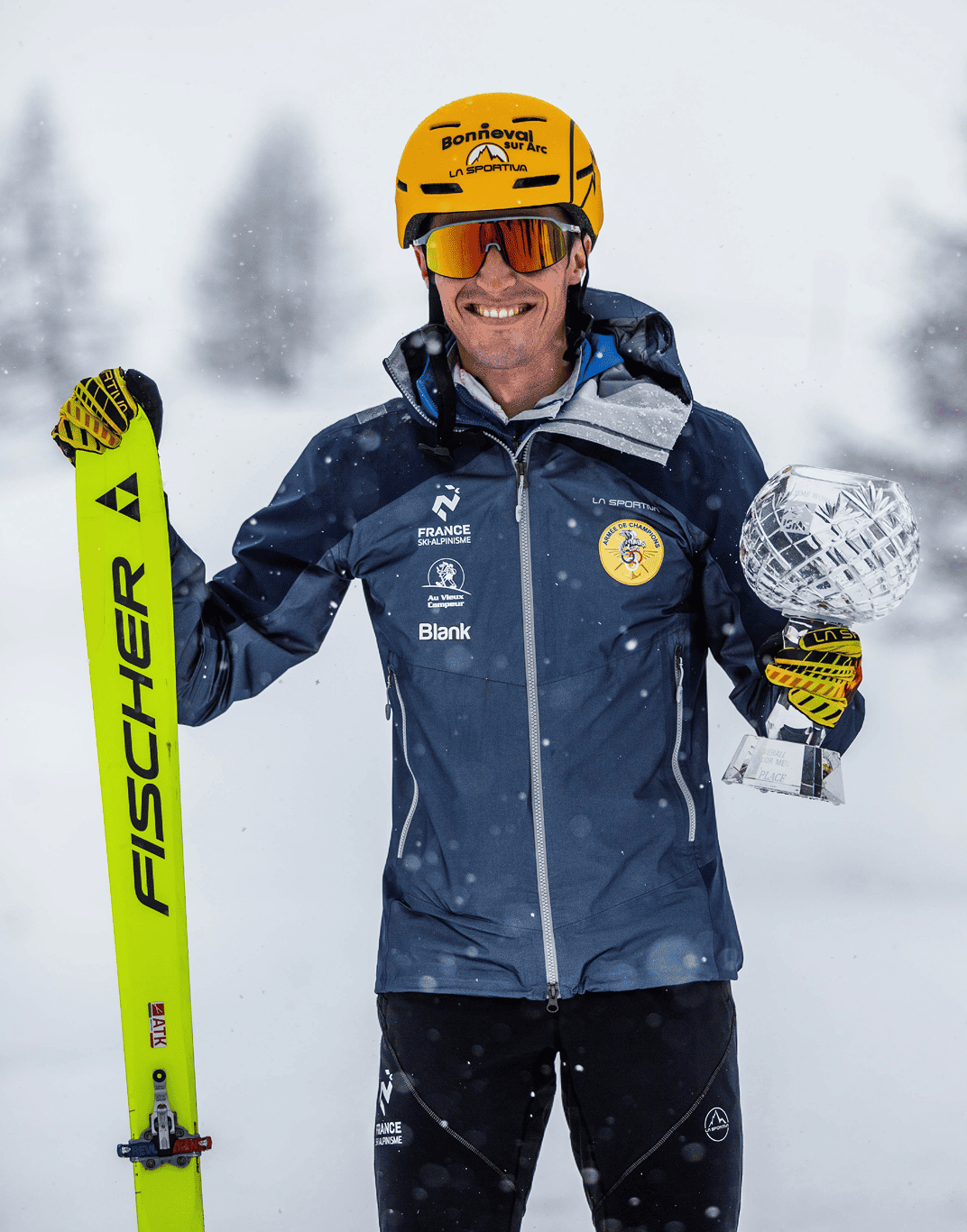



Frequently asked questions
- Speed touring: Do you want to reach the summit as quickly and efficiently as possible? So you should go for a light model with minimal width, like the Transalp 84C or the Transalp RC.
- Downhill: Do you accept the ascent in order to be able to seek out the perfect line on the way down? Then the wider models like the Transalp 105 CTI or Transalp 98 CTI fit perfectly.
- Allround: Are you primarily interested in the "ski tour" experience and the associated time spent in nature? How fast, how high, how steep is not of primary concern? So then let's better go for a more universal model like the Transalp 86 CTI or Transalp 92 CTI.
Deciding which ski suits you best, depends also on the terrain and snow conditions you prefer in the mountains. For example, a wider touring ski offering more "float" is ideal, if the route down leads through fresh snow. But always keep in mind, as wider the ski is, as heavier it gets. If you often encounter hard/icy surfaces on the descent, you won't be doing yourself any favors with a Ski that is too wide.
If you're unsure about your ski lengths, your body height can be used as a benchmark for the correct length: Touring skis should be around 5cm shorter than you. Alternatively, you can use the fact that the ski should reach approximately to the tip of your nose as a guide.
To make sure you don't make any mistakes here, we recommend seeking advice from a specialist touring sports shop.
The correct ski touring boots should be selected depending on the binding chosen for the touring ski.
- These are divided into touring boots with DIN inserts at the toe and heel, such as the Travers Boot or the Transalp Boot, which are suitable for pure touring bindings. These are compatible with the Transalp or Tour bindings.
- Hybrid touring boots with PIN inserts at the front, such as the RC4 Pro DYN Mango, are suitable for more downhill-oriented bindings from third-party providers that have a normal alpine binding at the heel.
- With a frame binding such as the Ambition, you can even get into the binding with normal alpine ski boots and have the advantage of better downhill performance in addition to the disadvantage of higher weight. In all cases, it is important to have the binding correctly adjusted to the boots and the skier by a specialist dealer.
Skins are required for climbing, which are attached to the underside of the ski before the ascent and removed again before the descent. You can also find the right climbing skins for all ski models suitable for touring in our store.
If the conditions are hard, icy and steep, we recommend the use of crampons.
For other equipment apart from the ski equipment, such as the necessary safety equipment, airbag backpack, the right ski poles, choice of clothing, etc., please consult experts such as the Alpine Club or specialist sports retailers for more information and advice.
- So if you are a speed tourer who wants to climb the mountain as efficiently and quickly as possible and you are on the Transalp RC or the Transalp 84C, the Tour Race or Tour Speed bindings are the best options.
- For downhill-oriented tourers, so-called freetourers, we recommend a Transalp 12 or a binding from a third-party provider that is compatible with the RC4 Pro MV DYN BOA.
- For all-rounders and beginners, the Transalp 10 or Transalp 12 bindings make the most sense.

